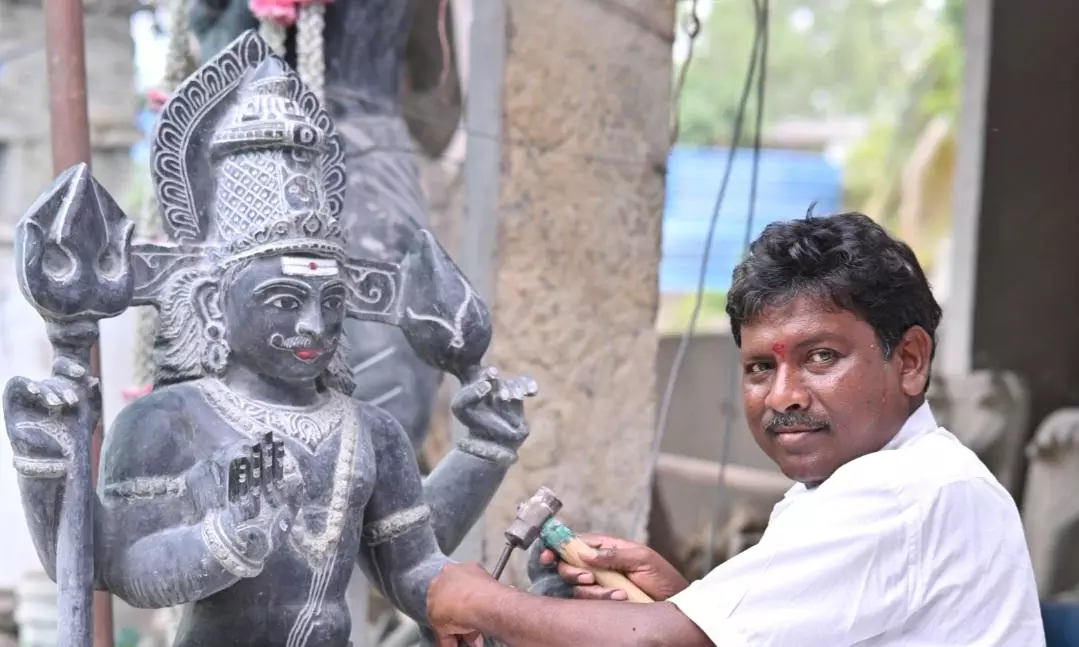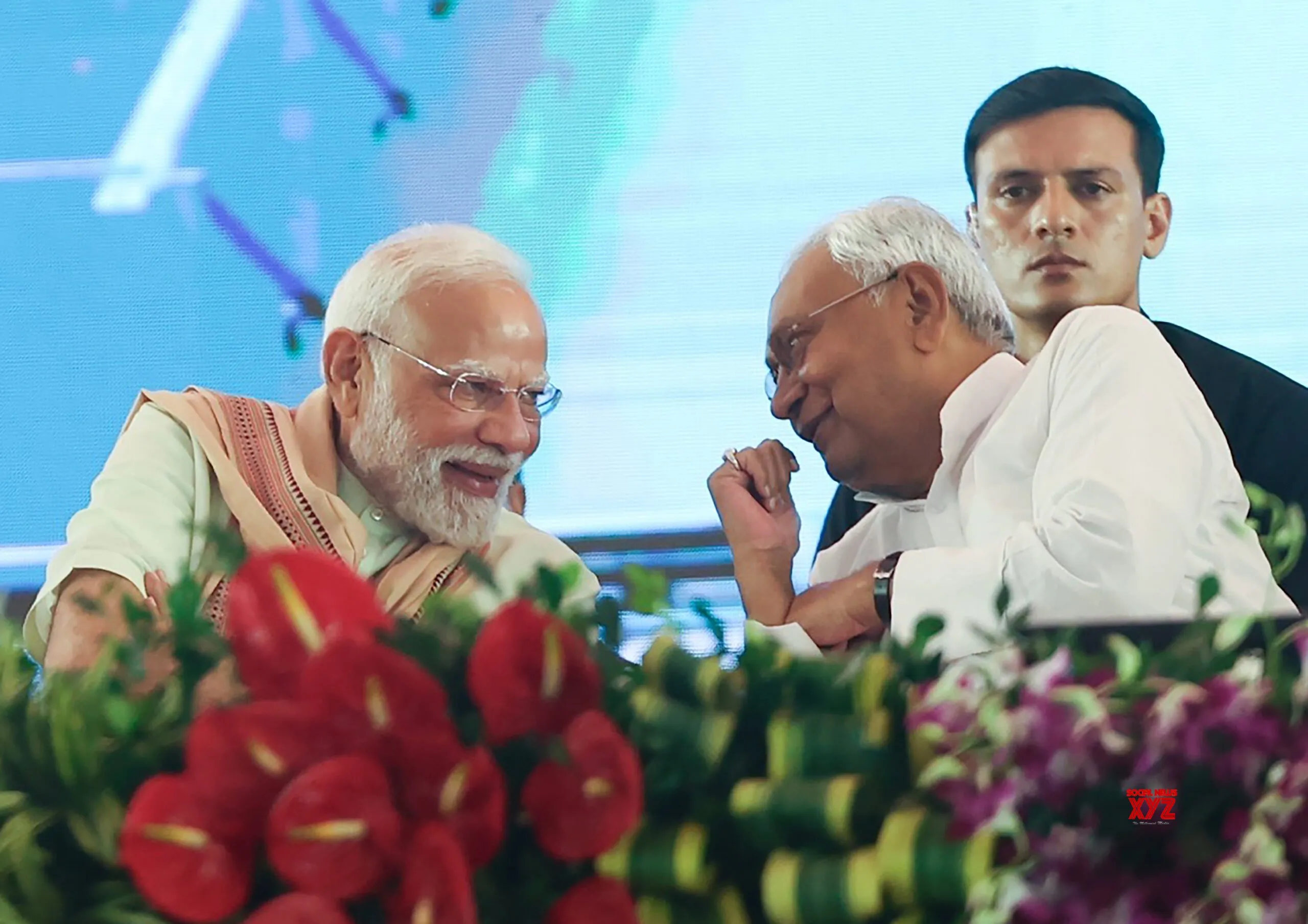By P.v. Prasad
Copyright deccanchronicle

Kurnool: Allagadda in Nandyal district is famous for its centuries-old stone carving tradition. Awarded a Geographical Indication (GI) tag in 2018, the craft has continued to thrive over centuries, as artisans pass their skills to their next generations. They have gone on to create intricate sculptures for prominent temples across the country even in these modern times.The origin of Allagadda stone carving is traced back to the Vijayanagara Empire in the 16th Century. Then rulers and wealthy patrons commissioned skilled sculptors to decorate temples and palaces with intricate stone carvings. After India’s Independence, the tradition has continued, with the GI tag making stone carving a defining art form of the region.A significant milestone came in 1950 when master sculptor Durugadda Balaveera Achari established the Sarada Shilpakala Mandiram in Allagadda, turning the town into a major hub for stone carving. Now, nearly 1,500 sculptors are associated with the craft. Balaveera Achari, who learned the skill from his father, has earned national recognition. He had been honoured at the first World Telugu Conference in 1975 and during the Andhra Pradesh Rajatotsavam in 1983.In 1984, then Chief Minister N.T. Rama Rao visited Allagadda and praised the exceptional craftsmanship. Balaveera Achari’s son Ravindra is now continuing the family legacy. Another notable sculptor from the area is Durugadda Ramachari, who served as a professor at Telugu University.The essence of Allagadda stone carving lies in its careful process. Artisans select stones, such as sandstone or Krishna Shila (black stone). They use traditional tools—chisel and hammer—apart from drills, to carve intricate designs. These carvings are inspired by mythology, nature and religion. The craft ranges from grand temple gopurams to smaller decorative items like lamps, flower vases, and wall hangings.Sculptors often depict Lord Vishnu in his various avatars, as well as Lord Shiva, Goddess Parvati, and other deities, bringing religious stories to life in stone.The quality of Allagadda’s craftsmanship is evident from prominent structures, such as the Bhramaramba Devi Mandapam at Srisailam, Addala Mandapam at Mahanandi, Ramalayam at Brahmamgari Matham in Kadapa district and Yadadri Temple in Telangana.Koilakuntla, near Allagadda, played a major role in Yadadri, supplying 35 Vishnu idols, each three-foot tall. Unlike many modern temples, where stone is used only up to the rope level, Yadadri’s Rajagopurams are entirely made of stone carvings, highlighting the continued significance of this tradition. While Allagadda is also known for Daru Shilpam (wooden sculptures), its main identity remains closely linked to stone carving.Ravindra Achari has one vital request, “We are currently facing environmental and health issues caused by our stone carving. Stone dust has been affecting our lungs. We appeal to the government to set up a health centre in Allagadda to address these problems. This way, we will not have to travel to Nandyal for medical care every time.”



